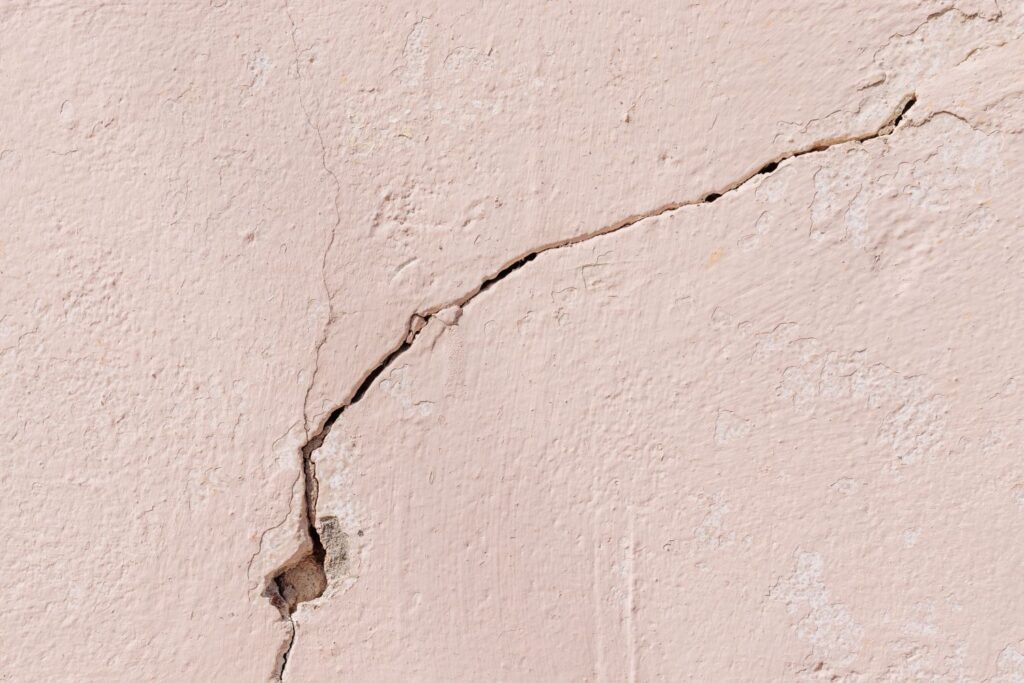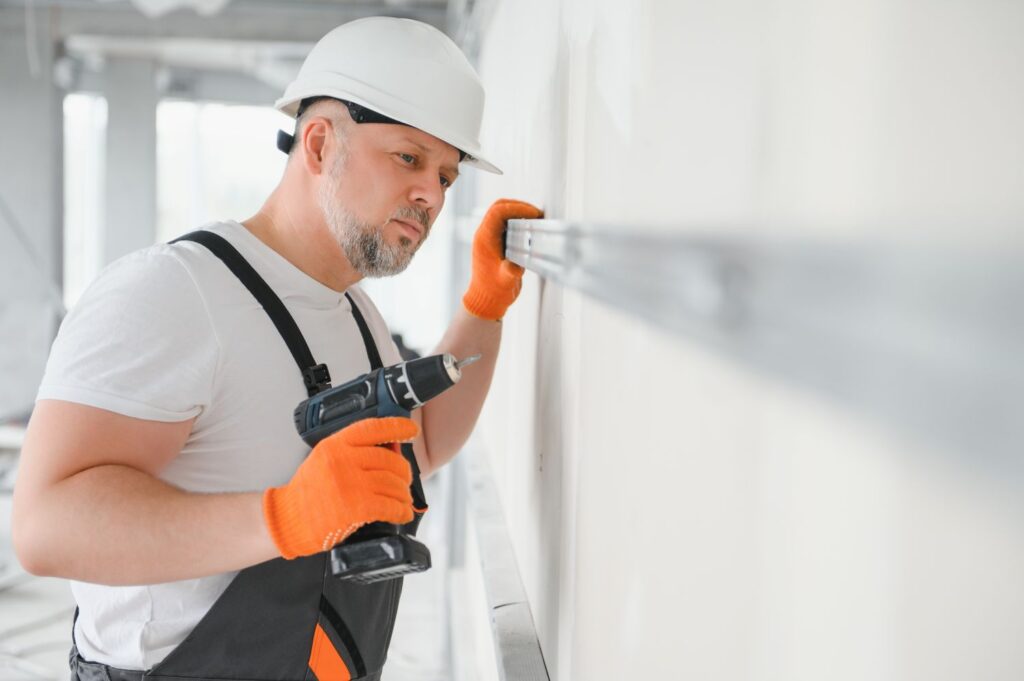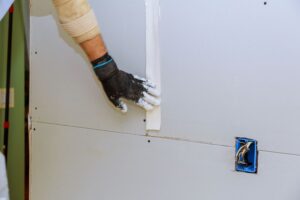If your walls could talk, they’d probably be screaming for help. From surprise plumbing leaks to rowdy kids with Nerf guns and way-too-sharp furniture corners, drywall takes a beating—especially in busy Escondido households. So, if you’re staring at a hole in the drywall the size of your coffee mug or wondering why your ceiling looks like it’s sagging after the last storm, it might be time for a little TLC.
Welcome to your ultimate guide to drywall repair in Escondido. Whether you’re a hands-on DIY warrior or someone who just wants the job done right (with zero dust in your hair), we’ve got all the answers, techniques, and pro-level insights you need. And don’t worry, we’re not just here to talk—we’re here to help, SGP Drywall style.
Let’s patch it up!
Why Drywall Repair Matters More Than You Think
A crack might seem like just a crack. But over time, even minor imperfections can lead to bigger issues—especially when moisture gets involved. Here in Escondido, where older homes meet newer builds and seasonal humidity plays tricks on your walls, a neglected patch job can mean:
- Mold behind water-damaged drywall
- Peeling paint or bubbling texture
- Weak points in your wall’s structural integrity
- Reduced resale value (buyers will notice)
Timely drywall patching service isn’t just about aesthetics. It’s about keeping your home healthy, efficient, and safe.
Holes Happen: Here’s How to Handle Them
Let’s face it—holes are probably the most common drywall issue. From doorknob dings to accidentally mounting your TV in the wrong spot (oops), holes come in all shapes and sizes. Here’s how to tackle them based on size:
Small Holes (Under ½ Inch)
These little guys can be fixed with:
- Lightweight spackle
- A putty knife
- A quick sand and prime
Perfect for minor drywall repairs—just don’t skip the sanding step!
Medium Holes (½ Inch to 6 Inches)
This is where the drywall patching service kits from your local hardware store shine. Most come with:
- Self-adhesive mesh patches
- Pre-mixed joint compound (aka drywall mud)
- Instructions that make you feel like a pro
Pro Tip: Let each layer of mud dry fully before sanding. Rushing leads to uneven finishes and more work later.
Large Holes (Over 6 Inches or Full Panel Damage)
This is when it’s best to cut a clean rectangle around the damage and insert a new piece of sheetrock. You’ll need:
- Drywall saw
- Utility knife
- Support backing (like wood furring strips)
- Joint tape and compound
- Patience, grasshopper
If this sounds like too much? No shame in calling a professional wall repair crew.
Cracks in the Wall? Here’s the Fix

Drywall crack repair tips start with understanding why it cracked:
- Settling foundation?
- Dry air shrinkage?
- Improper original taping?
For hairline cracks:
- Use drywall tape and mud
- Feather your compound out 6–8 inches past the crack
- Sand gently and prime before painting
For recurring or larger cracks:
- Use mesh tape for extra strength
- Consider flexible patching materials in high-movement areas
And when it comes to ceiling drywall repair, always check for hidden water damage or sagging—especially if the crack is along seams or near lighting fixtures.
Water Damage Woes? Here’s What to Know
If you’ve ever dealt with drywall repair after plumbing leaks, you know the chaos. First, you have to stop the leak. Then, it’s time to assess how far the moisture has spread.
Signs of Water-Damaged Drywall
- Bubbling or peeling paint
- Discoloration (brown rings or yellow stains)
- Sagging or warped areas
- A soft or mushy feel when you press
Do not just paint over it.
Water damage often compromises the drywall’s structural integrity, and if mold has begun to form behind the walls? You’ll need to replace—not just repair—the affected sections with moisture-resistant drywall.
Tips for Drywall Ceiling Repair in Escondido Homes
Ceilings can be a pain—literally. Neck pain, ladder pain, and let’s not forget the falling-dust-in-the-eyeball pain.
Ceiling Repair Pro Tips
- Use drywall clips or support blocks when replacing damaged areas
- Match the existing ceiling texture—skip this, and it’ll always look off
- Prime and paint carefully, especially around light fixtures
If it’s a significant sag or flood from above, replacing damaged sheetrock is often your best bet.
DIY or Not? Knowing When to Call a Pro
We love a confident DIYer. But sometimes, patching over a hole is just putting a Band-Aid on a bigger issue. Here’s when it’s smart to call in a drywall repair pro in Escondido:
- The damage keeps coming back
- You’re dealing with moisture or mold
- It’s a ceiling repair over 8 feet high
- You need to match complex textures or patterns
- You’ve got zero interest in sanding dust taking over your life
A good drywall repair cost in Escondido is worth the time, quality, and cleanup alone.
Common Tools and Materials for At-Home Patching
If you’re game to give DIY drywall patching a go, here’s your starter kit:
- Utility knife
- Putty knife
- Joint compound or lightweight spackle
- Sanding sponge or 220-grit sandpaper
- Primer and matching paint
- Mesh tape (for cracks)
- Patching plates (for medium holes)
And don’t forget: Proper sanding and finishing drywall is what separates pro-level repairs from rookie mistakes.
Maintaining Your Drywall Long-Term
Preventative maintenance saves time and cash. Here are our top home drywall maintenance tips:
- Use doorstops to prevent knob punches
- Install splash guards in kitchens and bathrooms
- Watch for signs of leaks around windows, ceilings, and plumbing
- Touch up paint regularly to protect against moisture
A little attention goes a long way.
Let SGP Drywall Patch It Up Right

Whether you’re done wrestling with drywall dust or just want flawless results without lifting a finger, we’ve got you covered.
SGP Drywall is Escondido’s go-to expert for everything from drywall crack repair tips to full-on panel replacements. Our local crew shows up on time, does it right the first time, and leaves your space cleaner than we found it—no fuss, no flakes—just smooth, strong walls that last.
Call SGP Drywall today to schedule your patch-up, fix-up, or total wall rescue.
FAQ: Drywall Repair in Escondido
How long does it take for drywall mud to fully cure before painting?
While drywall tape and mud may dry to the touch within 24 hours, full curing can take up to three days, depending on humidity levels, product type, and layer thickness. Painting too early can lead to bubbling, peeling, or uneven texture. For best results, wait 48–72 hours and do a light touch test before priming.
Can you reuse cut-out sections of drywall for patching elsewhere?
Technically, yes—but only if the piece is clean, undamaged, and matches the thickness of the new wall. Keep in mind that reused pieces may have rough edges or irregularities that make texturing and finishing more difficult. When in doubt, use fresh sheetrock for a better finish and durability.
Is there a difference between joint compound and spackle?
Yes! Spackle is typically used for small drywall repairs—it dries quickly and is best for shallow holes or dents. Joint compound is more flexible, used for taping, bedding, and finishing larger areas. Knowing which to use (and when) can dramatically affect how smooth and seamless your final wall looks.
Ready to level up your repair game?
Be sure to check out our next article: Drywall vs. Plaster: What’s the Difference and Which One’s Right for Your Home? It’ll clear up all those “wait, what is drywall anyway?” questions—and help you make smart material choices for your next project.




